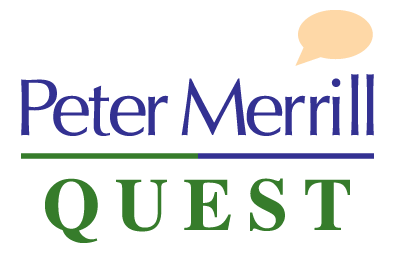The term strategy is frequently misunderstood. The term actually comes from the Greek word ‘strategia’, which means ‘the art of the general’. The general's job is to look at future challenges ahead and develop a plan for overcoming these challenges. We then develop a series of objectives, but importantly, what is our plan to achieve them? At this point, the plan it's a quite broad and we'll refine it as we move forward. We'll find areas of opportunity and our plan will get refined as we gain knowledge and as we reduce uncertainty. Going back to the art of the general, a strategy has to be flexible and adaptable. And there's a famous saying ‘no battle plan ever survives first contact with the enemy’. Innovation strategy is looking for unmet need in the marketplace and as Plato famously said ‘necessity is the mother of invention.’
So this is where we are initiating our innovation strategy. Good organizations regularly scan the context of their organization and they look for areas of opportunity. They look at trends, trends in the market, social trends, new trends in technology. They want to know the impact of these trends. What's the speed of change that's going on? What are the new threats that are coming at us? We will also find there are certain organisations and individuals that we want to engage with to leverage the opportunities we have found.
We also look internally what are our capabilities, how adaptable are we? What are the skills and competences that we have? How mature are our current offerings and are they coming to the end of Life? What are the Knowledge levels that we have, the technologies we have, the partnerships we already have in place. This is a very thorough analysis.
This is what good companies do. They look into the future, they see trends and they ride the wave. They capture the opportunity.
We typically do this with a SWOT analysis…
